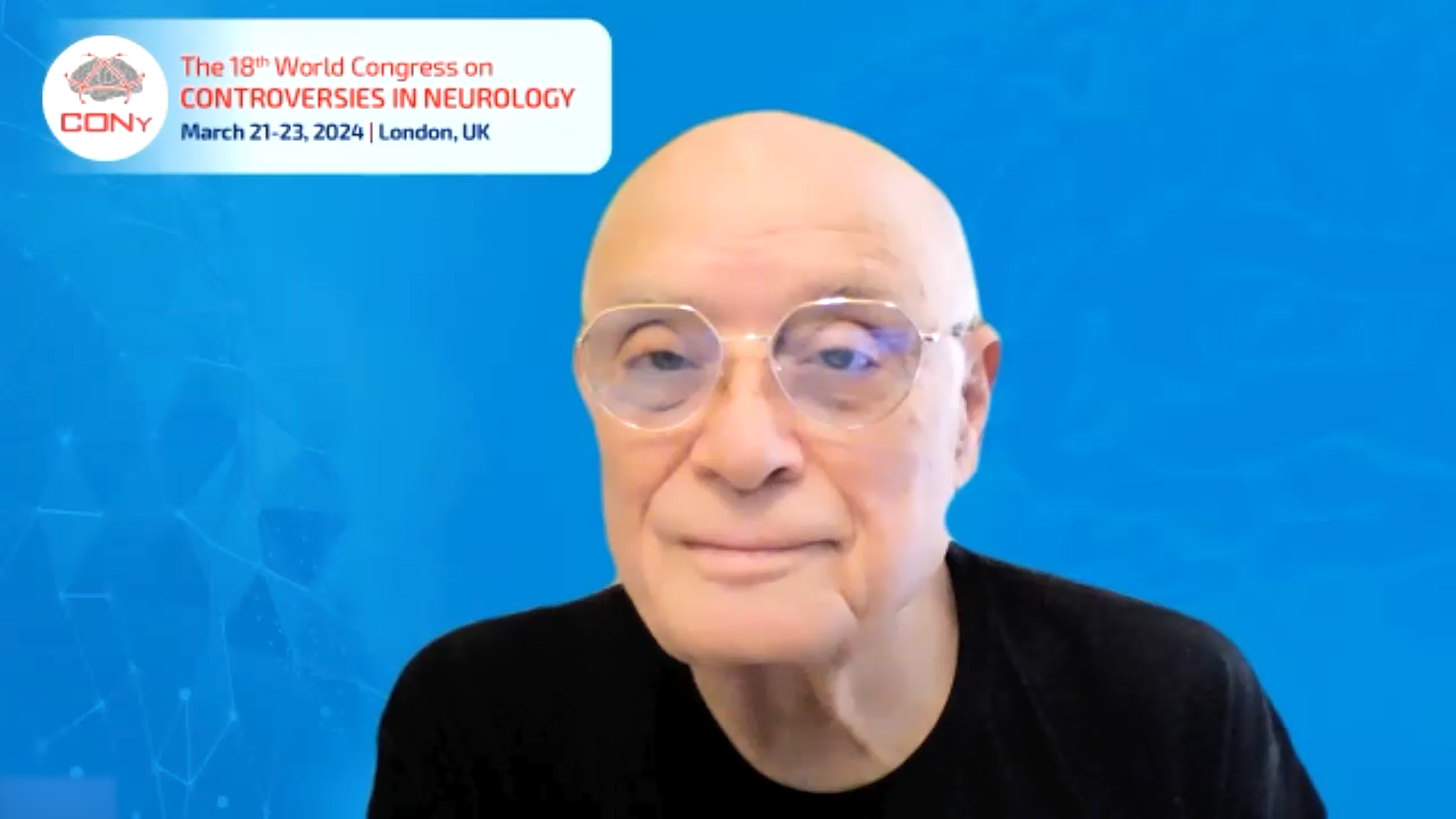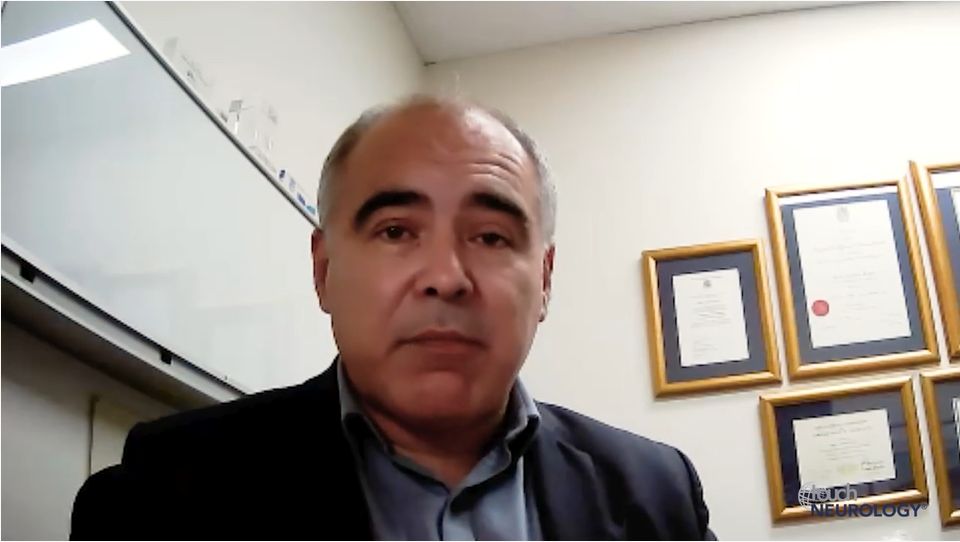MDS 2016 Stuart Isaacson Interview
Stuart Isaacson describes the advantages of the DaT SPECT imaging technique.
FILMED AT THE INTERNATIONAL CONGRESS OF PARKINSON’S DISEASE AND MOVEMENT DISORDERS (IPMDS), JUNE 2016
COULD YOU TELL US ABOUT THE DAT SPECT IMAGING TECHNIQUE?
00:10 – DaTscan imaging is a way of looking at the nigrostriatal dopamine pathways and seeing if it’s degeneration or not. It’s really a test that can help us determine in patients who have parkinsonian symptoms, whether it’s due to degeneration in nigrostriatal system or not. And this can help us make clear diagnoses perhaps, and choose our therapies with more clarity, and probably avoid using medications in patients where they’re unnecessary.
WHAT ARE THE ADVANTAGES OF THIS TECHNIQUE OVER EXISTING IMAGING TECHNIQUES?
00:40 – Right now we don’t have imaging techniques that help us determine whether the degeneration is dopamine in Parkinson’s disease that are commercially available. There’s some research programmes going on, but it’s PET scanning with ioflupane DaTscan is the only commercially available imaging
modality that allows us to know if there’s degeneration in nigrostriatal dopamine pathways.
IN WHICH CLINICAL SCENARIOS MAY IT BE USED?
01:06 – One of the things that we’ve been looking at is, which patients might benefit from having a DaTscan, which clinical scenarios could we begin to think where DaTscan could be more useful than others. And we’ve thought about things like psychogenic parkinsonism, drug-induced parkinsonism, vascular parkinsonism when we’re not quite sure based on the symptoms whether there’s an underlying degeneration that’s being brought out by, say, a neuroleptic drug, or whether it’s only due to a neuroleptic drug. Some other situations are interesting as well. Some patients have severe essential tremor. And the severe tremor in their hands prevents us from really evaluating well rigidity and bradykinesia. There are some patients who three or five years after being diagnosed with Parkinson’s disease are still taking the same dose of levodopa and have the same amount of clinical symptoms. So we wonder, is this a slow form of Parkinson’s disease or maybe they were misdiagnosed, especially if they don’t have motor fluctuations by five or six years. In this group of patients, we’ve looked at DaTscan and found that about half of them don’t have degeneration. They were misdiagnosed. They were taking this medicine unnecessarily. Another place is early on. We’re doing a lot of work looking for biomarkers, trying to find patients with very, very early disease that we might be able to give neuroprotective therapies to as they’re becoming developed; people with genetic markers, for instance, as well. And in these patients, what we’re able to do, is do a DaTscan when the symptoms are so sudden we can’t make a clear diagnosis. They almost meet the criteria, but not fully. And combining an imaging modality, like DaTscan, we’re able to know this degeneration of the dopamine system that the subtle symptoms are due to early Parkinson’s disease or one of the related parkinsonian syndromes. And indeed DaTscan scan has now made it into consensus criteria to consider making a diagnosis of Parkinson’s disease.
WHAT IS BEING DEBATED IN TODAY’S PRESENTATIONS?
02:51 – One of the debates that we’re thinking about with DaTscan is whether every patient needs to have one. And we know that they don’t. Not every patient needs a DaTscan. When you can make the diagnosis securely from clinical symptoms as an improvement with levodopa, and they have a typical progression over time, a DaTscan is not really useful at all. But if we’re trying to measure progression by quantifying it in research programmes and we’re trying to identify whether mild symptoms or in some of these clinical scenarios, patients have degeneration in nigrostriatal system, DaTscan can be very useful. So it’s part of the decision-making process that we now have a new diagnostic test that can help us clarify whether or not a patient truly has degeneration or not, and whether they would benefit from replenishing dopamine from the variety of new medicines that we have available.
WHAT CLINICAL EVIDENCE HAS BEEN PUBLISHED IN SUPPORT OF THIS TECHNIQUE?
03:43 – Recently we’ve been able to look at some of the scenarios where DaTscan imagine may be clinically useful in helping us to change or confirm a diagnosis, or stop or change or continue or add therapies to our patients. And, there have been several recent publications from groups around the U.S. looking at some of these patients. And our research as well has demonstrated these clinical scenarios are places to really begin to think about if DaTscan can be useful for that individual patient.







